Tire manufacturers have been studying the relationship between tires and fuel efficiency for years. Although tires are one of many components affecting fuel economy, they are one of the easiest to change and test. And to meet rising demands on the supply chain, any efficiency solution that can reduce fuel usage and lower greenhouse gas (GHG) emissions is critical.
Low rolling resistance (LRR) tires have been shown to increase fuel efficiency and reduce environmental impact, plus they allow equipment to meet standards mandated by some eco-label requirements. In fact, a study by the National Highway Traffic Safety Administration found that if just 2% of replacement tires reduced rolling resistance by 5%, the U.S. would save 7.9 million gallons of fuel and 76,000 metric tons of CO2 each year.
What are low rolling resistance tires?About a third of heavy-duty truck fuel consumption is used to overcome rolling resistance, which directly relates to the energy a tire consumes or dissipates while rolling under load.
LRR tires are designed to minimize energy loss as a tire rolls, decreasing required rolling effort and resulting in improved fuel efficiency. LRR tires are constructed using technologically advanced compounds with special tire construction techniques to help minimize rolling resistance while maintaining other necessary tire design and performance characteristics.
Low rolling resistance tires in either dual or wide-base configurations save significant amounts of fuel when compared to tires that are not designed for low rolling resistance. While some of the costs to use LRR tires may be higher, these costs are typically recovered over the tire’s operational lifetime.
Fortunately, tire manufacturers continue to advance the design of these tires to deliver even higher fuel savings with fewer trade-offs in traction and tread life.
Core Benefits of LRR Tires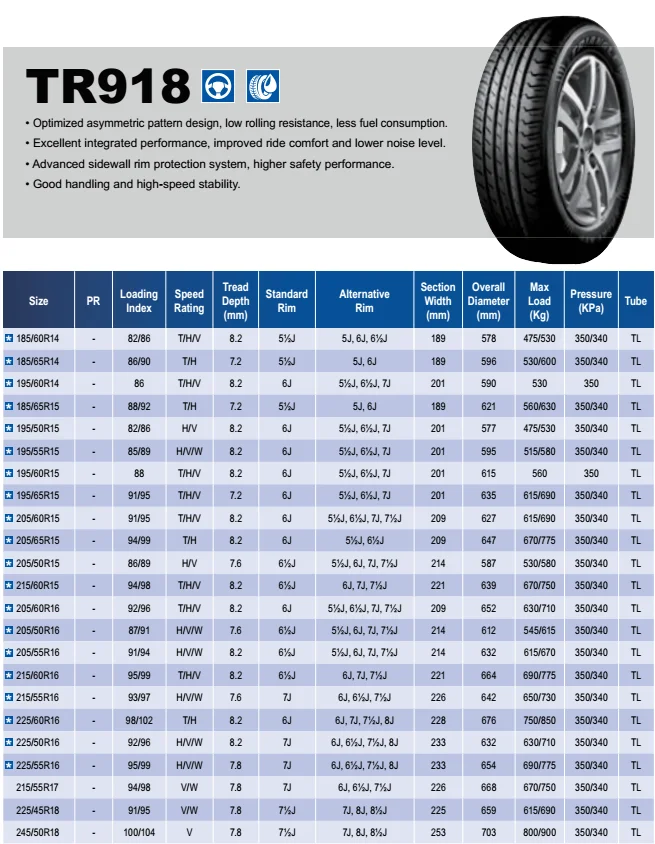 A 3% reduction in rolling resistance translates to a 1% savings in fuel consumed, which is an increase of .05 miles per gallon.
A 3% reduction in rolling resistance translates to a 1% savings in fuel consumed, which is an increase of .05 miles per gallon.Most major tire manufacturers offer a number of trailer tires with low rolling resistance. The difference between the tires really comes down to the materials, performance, technology, manufacturing controls, and production consistency.
Consideration of the fleet’s operating environment is important as well. Tire performance must sync with the nature of fleet operations, drivers and their habits, driving locations, maintenance schedules, budgets, and other priorities, such as fuel costs. When considering which tires you need, work with tire experts who will help you select the best tires for each operation.
Looking for LRR tire options? Great Dane trailers come standard with Bridgestone’s R123 Ecopia low rolling resistance tires. See how much you can save with Bridgestone’s Ecopia Savings Calculator.
For more ways to improve the fuel efficiency of your fleet, check out our blog on the topic.
Read the Blog
WHAT IS TIRE ROLLING RESISTANCE?
There’s never a good time for a flat.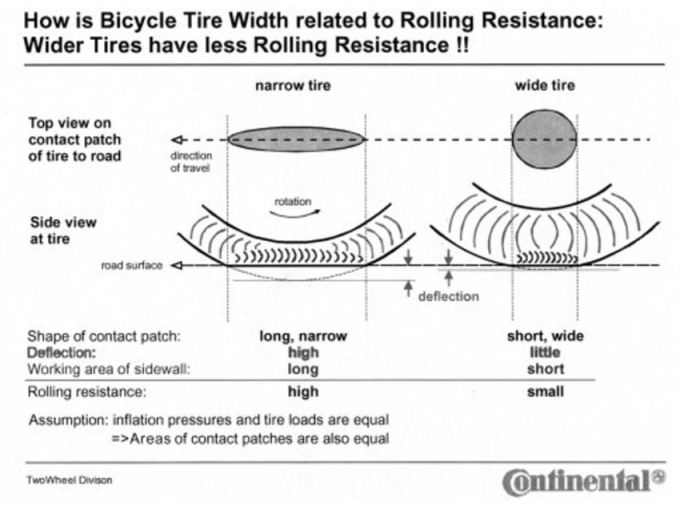 That’s why Bridgestone DriveGuard tires are masterfully engineered to keep you moving for up to 50 miles at speeds up to 50 MPH without disruption.
That’s why Bridgestone DriveGuard tires are masterfully engineered to keep you moving for up to 50 miles at speeds up to 50 MPH without disruption.
See Details Find Your Fit
When you press down on the accelerator in your vehicle, you are essentially transferring energy—in the form of gas or electricity, depending on your automobile, through the engine and other systems in your vehicle. That results in your tires turning and enough momentum being built up to move your automobile. To accomplish this, though, your vehicle must overcome a lot of different factors that can make it resistant to forward movement. One of those factors is the tires’ rolling resistance.
Tire rolling resistance is the energy that your vehicle needs to send to your tires to maintain movement at a consistent speed over a surface. In other words, it is the effort required to keep a tire rolling. The main contributor to rolling resistance is the process known as hysteresis.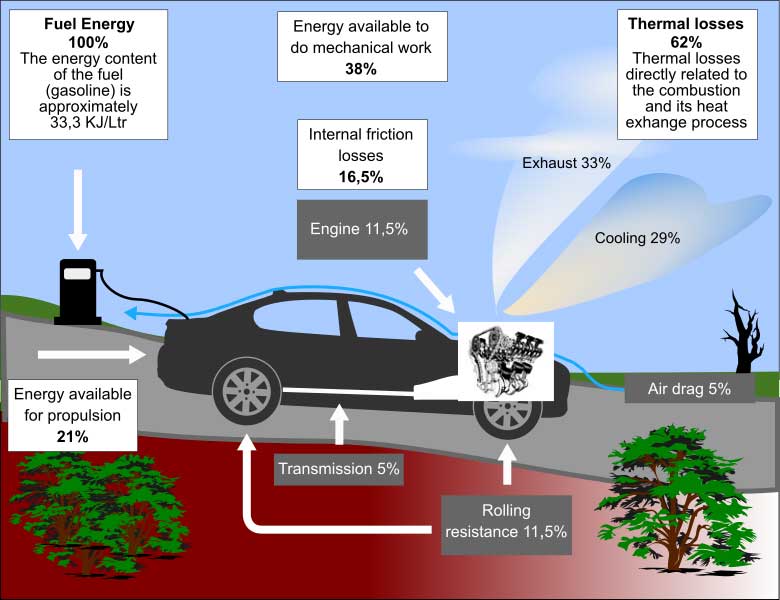 Hysteresis is essentially the energy loss that occurs as a tire rolls through its footprint. The energy loss must be overcome by the vehicle’s engine, which results in wasted fuel.
Hysteresis is essentially the energy loss that occurs as a tire rolls through its footprint. The energy loss must be overcome by the vehicle’s engine, which results in wasted fuel.
Rolling resistance is going to happen whenever a tire makes contact with a road surface. However, although it can’t be avoided, it can be minimized. Since tire rolling resistance is caused by hysteresis, tires can be engineered with specially formulated tread compounds that are more resistant to heat generation and constructed to minimize tire deflection for less energy loss. These are known as low rolling resistance tires.
For drivers who are interested in optimizing their vehicle’s fuel efficiency, the answer is yes. Low rolling resistance tires can be much more fuel-efficient tire than conventional tires. The U.S. Department of Energy has done research that shows that utilizing low rolling resistance tires can have as much as a 10% fuel savings impact for drivers. However, for most drivers, the fuel savings is around 3%. Although that doesn’t sound like a lot, those numbers can add up over time and result in a substantial savings in fuel spending and waste.
However, for most drivers, the fuel savings is around 3%. Although that doesn’t sound like a lot, those numbers can add up over time and result in a substantial savings in fuel spending and waste.
Like most things in life, you can’t get something without giving a little, and the same holds true for low rolling resistance tires, unless new technology is introduced. For example, a tire manufacturer can reduce tread depth to improve rolling resistance. However, there will be a corresponding reduction in tire wear life. To overcome this tradeoff, new technology could be designed to maintain the wear performance, while still improving rolling resistance.
Here at Bridgestone, the tires with the best rolling resistance are in the Ecopia line. They’re also our most fuel-efficient tires. Our Ecopia line of tires is engineered to offer a balanced, all-season comfortable ride and a top-notch driving experience.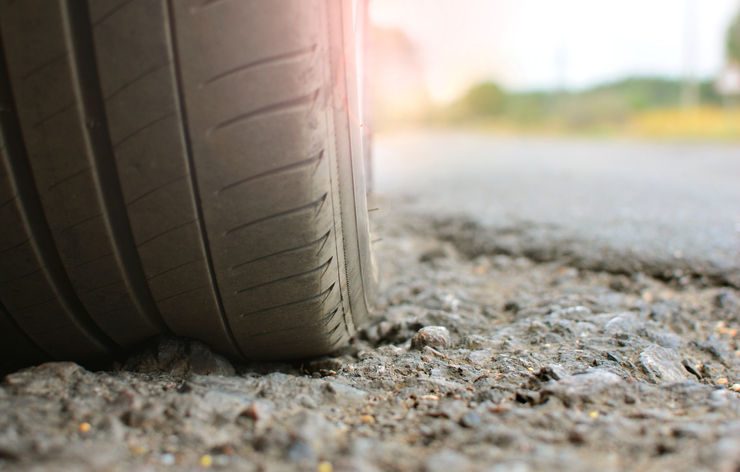 Some of our Ecopia tires are even partially made from recycled rubber to improve their environmental friendliness.
Some of our Ecopia tires are even partially made from recycled rubber to improve their environmental friendliness.
Our entire line of Ecopia tires is designed to offer drivers an eco-friendlier all-season tire option that doesn’t compromise on performance or ride comfort.
Actual results may vary based on tire maintenance, vehicle, driving style and road conditions
Consumer Reports conducted additional tests to see if manufacturers' claims of significant fuel savings from reduced rolling resistance tires can be trusted.
Consumer Reports, one of the world's leading sources of information on consumer value for products and services, has teamed up with the University of Michigan to evaluate how environmentally friendly tires can help reduce fuel consumption. Together, the experts tested the oft-repeated claim by tire manufacturers that a 10% reduction in rolling resistance reduces fuel consumption by 1-2%.
Tested on normal roads using the same method used by CR to evaluate the economy of vehicles. Two tires were selected for testing, one of which showed the lowest rolling resistance in the UHP tire tests, and the other the highest. Hankook's rolling resistance is 31.8% higher than Kumho's, which is more than a significant difference. The tests used Scion FR-S, and tires were taken in size 225/40 R18.
Real world test results showed that fuel savings from the least fuel efficient tire to the most efficient tire would be 5.7%, which is quite a lot. If the annual (seasonal - for summer tires) mileage is taken as 20,000 km, and the average fuel consumption is 7 liters per hundred kilometers, then at a fuel price of 80 cents per liter, refueling costs will decrease by about $ 65 per year.
True, the figure of 5.7% means that a 10% reduction in rolling resistance accounted for almost a 2% reduction in fuel consumption. That is, this figure is even higher than can be deduced from the postulate that in the overall structure of energy costs of a car, tire rolling resistance is 13% (the most common value obtained empirically).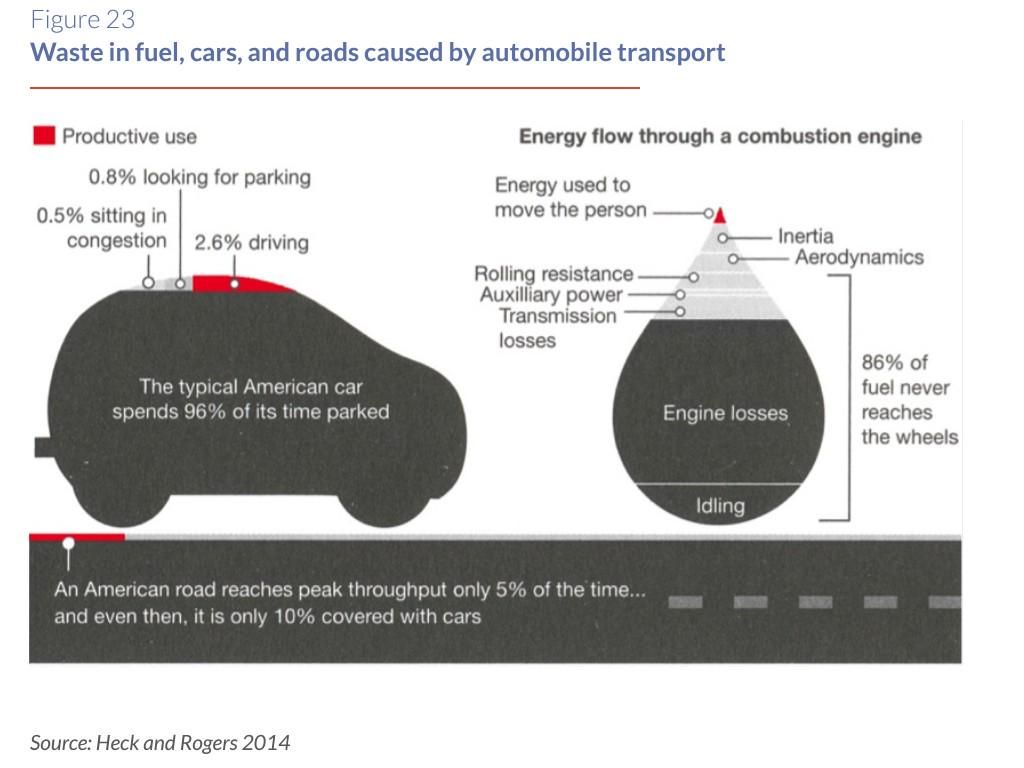 That is, at 31.8%, the difference in rolling resistance corresponds to about 4%.
That is, at 31.8%, the difference in rolling resistance corresponds to about 4%.
Perhaps the explanation is that the researchers took the Scion FR-S - a sports car with low aerodynamic resistance, a highly efficient engine and transmission, etc. That is, in its structure of energy losses during movement to overcome air resistance and friction losses in resistance mechanisms Tire rolling takes more pain than conventional sedans, or even more so vans or SUVs.
In addition, the test methodology may be closer to ideal conditions than urban driving, where a large amount of energy obtained from fuel combustion is simply dissipated into the wind from discs heated by braking before each traffic light. It turns out that if we take 3% as a practical result of the difference between pronounced economical and pronounced uneconomical tires, the savings will be about $ 35 per season, or up to $ 100 for three seasons of tire life. Of course, achieving large values is possible, but it is hardly worth counting on it in real life.
It turns out that when choosing between ultra-economical and conventional tires of the same class (with comparable other characteristics), from a purely economic point of view, it makes sense to give preference to fuel-efficient tires only if the cost of their set is not higher than 75-80 dollars.
One way to reduce your car's fuel consumption is to choose tires with low rolling resistance. Is the investment in this type of wheels justified? What rubber models can be attributed to the most economical in operation?
While driving, the tires are subject to frictional forces that occur at the border of the tread and the surface on which the car is moving. In this case, the friction causes the rolling resistance of the tire, which negatively affects the amount of energy used by the vehicle. By using the correct rubber compound and tread pattern, friction forces can be reduced and wheel rolling can be eased.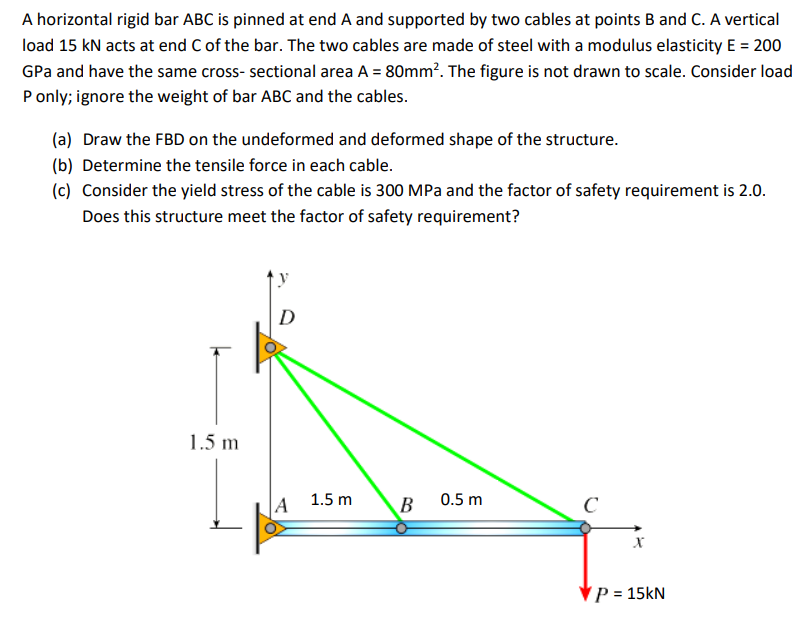 On the other hand, greater freedom of operation will directly lead to lower fuel consumption.
On the other hand, greater freedom of operation will directly lead to lower fuel consumption.
Each tire has its own information label containing data on fuel efficiency in the form of classes from "A" to "G" . The letter "A" denotes models with the highest fuel saving potential. A drop by one class means an increase in fuel consumption of approximately on average by 0.1-0.15 l/100 km for a car consuming an average of approximately 6.5 l/100 km. Assuming a tire life of 40,000 km and a fuel price of $1 per litre, it's easy to calculate that tires with a more economical class can save up to $50. That's a lot considering the fact that a set of new wheels for a compact car costs around $200-$300.
Detailed rolling resistance results for the most popular tires are also published in tests conducted by major automotive magazines and car clubs. The criterion is evaluated in lists prepared by, for example, ADAC, Auto Bild or Auto Motor und Sport.
The tire recognized as one of the leaders in economy is the Continental EcoContact 6, which debuted in 2019. The wheels feature a number of state-of-the-art technologies, including the innovative Green Chili 2.0 blend. The goods of the German concern can be purchased in 124 sizes, and among them as many as 44 are characterized by the highest A / A classes on the EU label. This example shows that operating savings can be successfully combined with better driving performance.
Comparison of operating costs
The main disadvantage of Continental EcoContact 6 is the high price, which for the popular size 195/65 R15 is about $75. Customers seeking to save money usually choose tires from the budget segment. Among them, Fulda products are popular, such as the new 2020 summer EcoControl HP2 rubber, which costs about $50. On the EU label, the Continental has an A fuel efficiency class, while the Fulda is 4 classes worse (E).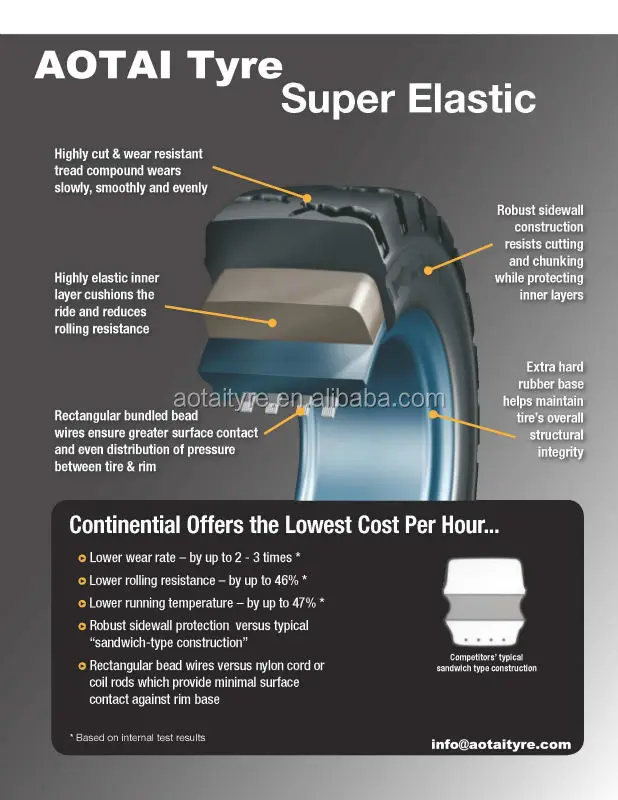
Taking into account previous calculations, the proposal of the German concern will save up to $ 200 on fuel over the entire period of operation compared to Fulda. Subtracting $25 from the price difference leaves $100 in the driver's pocket in favor of the premium tire. Of course, these calculations make sense only for a run of about 40,000 km, i.e. expected service life.
Other tires with high fuel economy potential
The low purchase price in practice is only apparent savings. For this reason, it is worth paying special attention to the fuel efficiency class.
Continental EcoContact 6 is not the only tire with the best rolling resistance. Michelin Energy Saver Plus, Hankook Kinergy Eco 2 K435 and Nokian Hakka Green 3 also prove to be good choices in this regard.
| Continental EcoContact 6 | A |
| Kumho Ecowing ES31 | A |
| Nokian Hakka Green 3 | A |
| Michelin Energy Saver Plus | B |
| Hankook Kinergy Eco 2 K435 | B |
| Dunlop Sport BluResponse | B |
| Nexen-Roadstone N'Blue HD Plus | C |
| Toyo Nano Energy 3 | C |
| Pirelli Cinturato P1 Verde | C |
| Yokohama BluEarth AE-50 | C |
| Fulda EcoControl HP2 | E |
However, it's not just premium wheels that are being improved in terms of fuel economy. Among the cheaper offerings, you can also find products with low rolling resistance. These are mainly offerings from Korean brands such as the Kumho Ecowing ES31 (and twin brother Marschal) and the Nexen-Roadstone N'Blue HD Plus.
Among the cheaper offerings, you can also find products with low rolling resistance. These are mainly offerings from Korean brands such as the Kumho Ecowing ES31 (and twin brother Marschal) and the Nexen-Roadstone N'Blue HD Plus.
| Michelin publishes a report on a survey of owners of electric cars Roughly a quarter (27%) of Americans with traditional vehicles will consider buying an electric car as their next car. As the electric vehicle revolution in the US accelerates, a recent survey... February 15, 2023, 13:40 | |
| Tire Brand Ranking 2022 At the end of 2021, Michelin retained its position as the world's leading tire manufacturer, although Bridgestone, which had been at the top of the ranking for many years, lagged behind.. February 10, 2023, 15:12 | |
| 2022 premium tire ranking Drivers who decide to replace their tires with new ones are faced with the difficult task of choosing the right model from a sea of opportunities.  | |